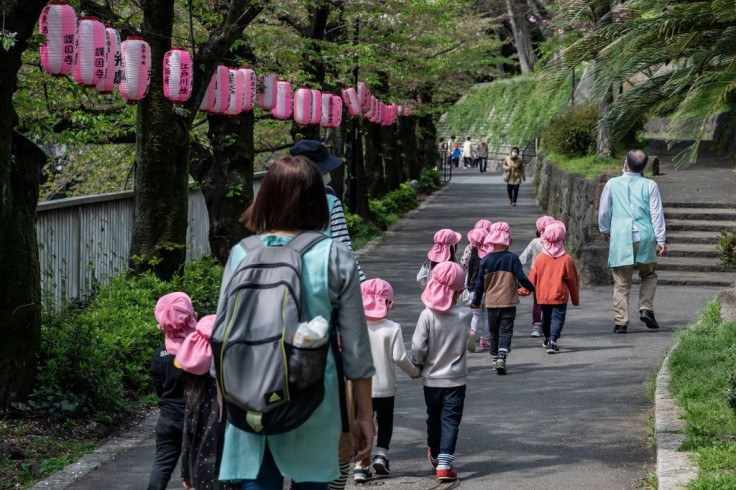
Japan's population is in the midst of a severe crisis as the birth rate has plummeted to alarming levels, exacerbating concerns over a shrinking and aging population.
According to the Health Ministry, Japan's birth rate declined for the seventh consecutive year in 2022, reaching a record low of 1.26 children per woman. The urgency to address this demographic challenge has intensified as the government faces criticism for its perceived slow response to tackle the issue effectively.
Record Low Birth Rate Highlights Demographic Woes
According to CNBCTV18, the average number of children born to a woman during her lifetime dropped from 1.30 in the previous year to 1.26 in 2022, equaling the record low set in 2005. This fertility rate falls significantly below the 2.06-2.07 range considered necessary to maintain a stable population.
With Japan's population already in decline for 16 years, projections indicate a further decline to 87 million by 2070. The consequences of a shrinking and aging population extend beyond social concerns. Japan's economic stability and national security are increasingly at risk as the country fortifies its military presence amidst China's assertive territorial ambitions.
A declining workforce puts strain on the economy as fewer individuals contribute to productivity and innovation. Moreover, an aging population poses challenges for sustaining social security systems and healthcare provisions.
As reported by Quartz, Japan has one of the lowest birth rates globally. Notably, several East Asian countries, including Hong Kong, Palau, and South Korea, exhibit exceptionally low fertility rates, with each of them recording a rate of 0.8, the lowest in the world.
Japan finds itself at a critical juncture, grappling with the consequences of a rapidly declining birth rate and an aging population.
Read Also: Nashville Pastor Opens Up About Grief After Losing 9-Year-Old Daughter To Covenant School Shooting
Government Initiatives and Public Challenges
Prime Minister Fumio Kishida has made addressing declining births one of his top policy priorities. During a recent meeting with a panel of experts, he emphasized the importance of reversing the downward trend before the young population is expected to decline drastically in 2030.
Kishida's government plans to introduce drastic measures and secure approximately 3.5 trillion yen ($25.2 billion) annually over the next three years for a new child care package. While these initiatives aim to provide additional funding for existing programs and offer incentives for childbearing, critics argue that they fail to address underlying issues.
Many young Japanese individuals are hesitant to marry and start families due to discouraging job prospects, corporate cultures that hinder work-life balance, and a lack of public support for child-rearing. Rising living costs and limited wage increases further compound these challenges.
Furthermore, according to Reuters, Prime Minister Kishida has also emphasized the critical importance of the next decade in addressing Japan's declining birth rate. He highlighted that the youth population is projected to experience a significant decline starting in the 2030s, making the period until then the final opportunity to reverse the trend.
The COVID-19 pandemic has further compounded the country's demographic challenges, with reduced marriage rates in recent years contributing to fewer births, while the impact of the virus has led to an increase in deaths.
The urgency to reverse the demographic crisis is mounting, with experts highlighting the need for comprehensive measures that address not only financial incentives but also broader societal changes.
Overcoming the obstacles requires tackling issues such as employment stability, gender equality, and creating an inclusive environment that supports families and childrearing.
As Japan navigates these challenges, the nation's future hinges on its ability to implement effective strategies that inspire confidence and provide a sustainable solution to the looming population crisis.